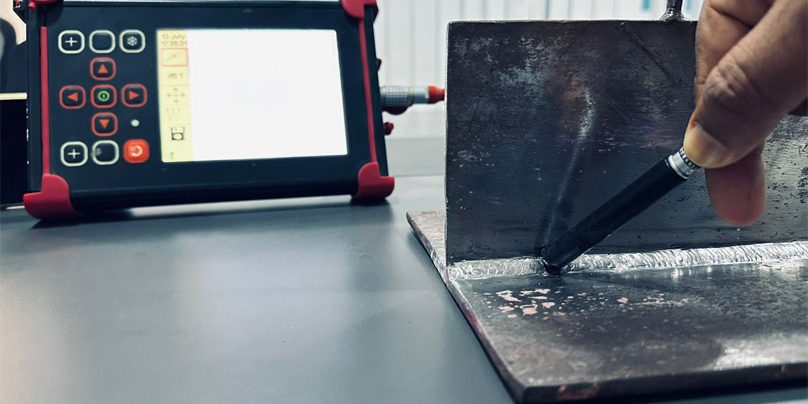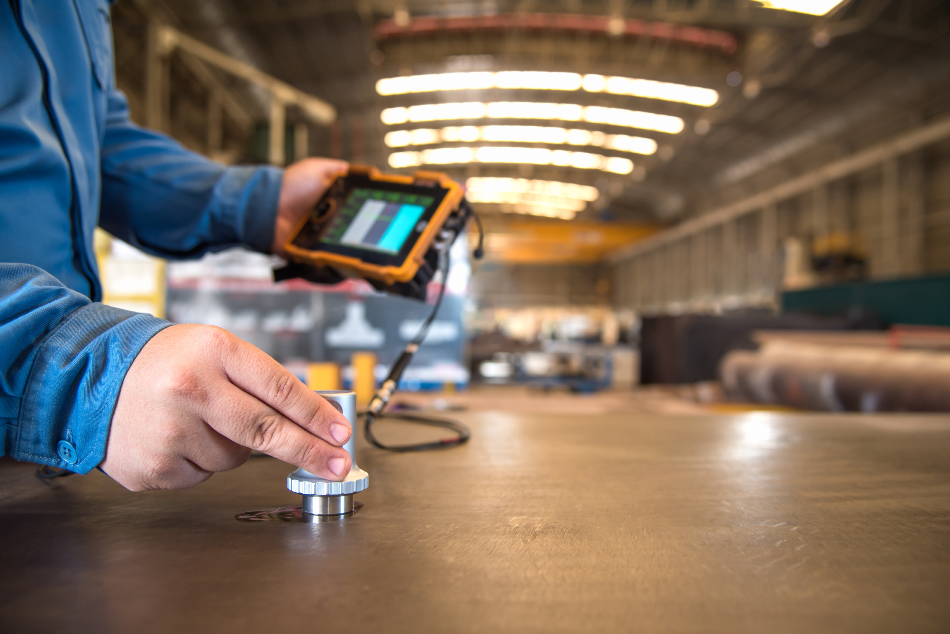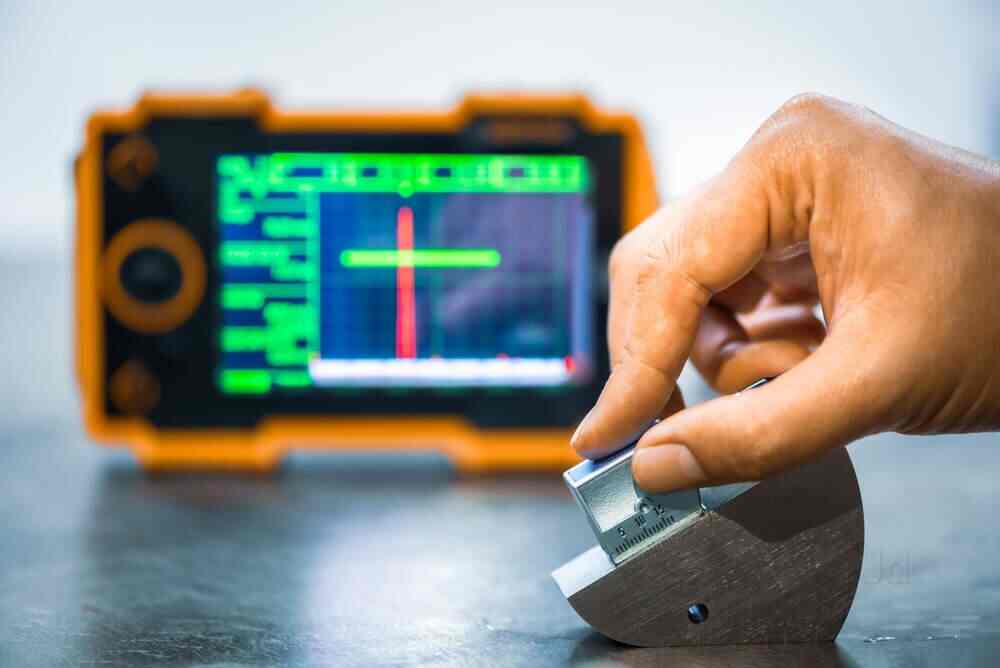In the realm of industrial quality assurance, the significance of precise and accurate vibration monitoring cannot be overstated. The occurrence of synchronization errors in these systems can have far-reaching implications, affecting both the reliability and accuracy of data collected. Understanding these errors is not only crucial for engineers and technicians but also for industry professionals who rely on these systems for maintaining operational efficiency.

What Are Synchronization Errors?
Synchronization errors occur when there is a mismatch in timing between the various components of a vibration monitoring system. These errors can lead to inaccurate readings and data that do not accurately represent the actual vibrational behavior of machinery or structures. This can result in misguided maintenance decisions, potentially leading to equipment failure or unnecessary downtime.
Causes of Synchronization Errors
1. Sensor Calibration Issues
The calibration of sensors is paramount for accurate vibration monitoring. If sensors are not calibrated correctly, they may not synchronize effectively with the monitoring system, leading to errors in data collection.
2. Communication Delays
Delays in data transmission between sensors and the central processing unit can also contribute to synchronization errors. These delays can result from network congestion or hardware limitations.
3. Software Glitches
Software issues can disrupt the synchronization process, causing discrepancies in the data collected. Regular software updates and maintenance are essential to mitigate these problems.
Impact of Synchronization Errors
The impact of synchronization errors can be profound, particularly in industries where precision is critical. Inaccurate data can lead to incorrect assessments of machinery health, potentially resulting in costly repairs or catastrophic failures.
1. Reduced Accuracy in Diagnostics
When synchronization is compromised, the accuracy of diagnostic data is significantly reduced, making it challenging to identify potential issues before they escalate.
2. Increased Maintenance Costs
Erroneous data can lead to unnecessary maintenance activities, driving up operational costs and diverting resources away from more critical tasks.
Strategies to Mitigate Synchronization Errors
1. Regular Calibration
Ensuring that all sensors are regularly calibrated can significantly reduce the risk of synchronization errors. Calibration should be performed according to the manufacturer’s specifications and industry standards.
2. Network Optimization
Optimizing the network infrastructure to minimize communication delays is crucial. This can involve upgrading hardware, enhancing network configurations, and implementing robust data management protocols.
3. Software Maintenance
Regular software updates and maintenance are essential to ensure that the monitoring systems operate smoothly and efficiently. Addressing software glitches promptly can prevent synchronization issues from arising.
Future Trends in Vibration Monitoring
The future of vibration monitoring is promising, with advancements in technology paving the way for more accurate and reliable systems. The integration of AI and machine learning is set to revolutionize how synchronization is managed, offering predictive capabilities that can preempt potential errors before they occur.
1. AI-Driven Solutions
Artificial Intelligence can analyze complex data sets and identify patterns that may indicate potential synchronization issues, allowing for proactive measures to be taken.
2. Real-Time Monitoring
Advancements in real-time monitoring technology will enable more precise and instantaneous data collection, reducing the likelihood of synchronization errors.
Conclusion
Understanding and addressing synchronization errors in vibration monitoring is essential for maintaining the integrity and reliability of data. By implementing robust strategies and leveraging emerging technologies, industries can significantly enhance their monitoring capabilities.
Further Reading
For those interested in learning more about sensor synchronization, explore our article on sensor synchronization between devices. Additionally, for insights on frequency calibration, visit frequency calibration in ultrasonic devices.

FAQs
What are synchronization errors in vibration monitoring?
Synchronization errors refer to timing mismatches in vibration monitoring systems that can result in inaccurate data collection.
How can synchronization errors be prevented?
Regular sensor calibration, network optimization, and software maintenance are key strategies to prevent synchronization errors.
What impact do synchronization errors have on industries?
These errors can lead to inaccurate diagnostics, increased maintenance costs, and potentially catastrophic equipment failures.
This article contains affiliate links. We may earn a commission at no extra cost to you.
